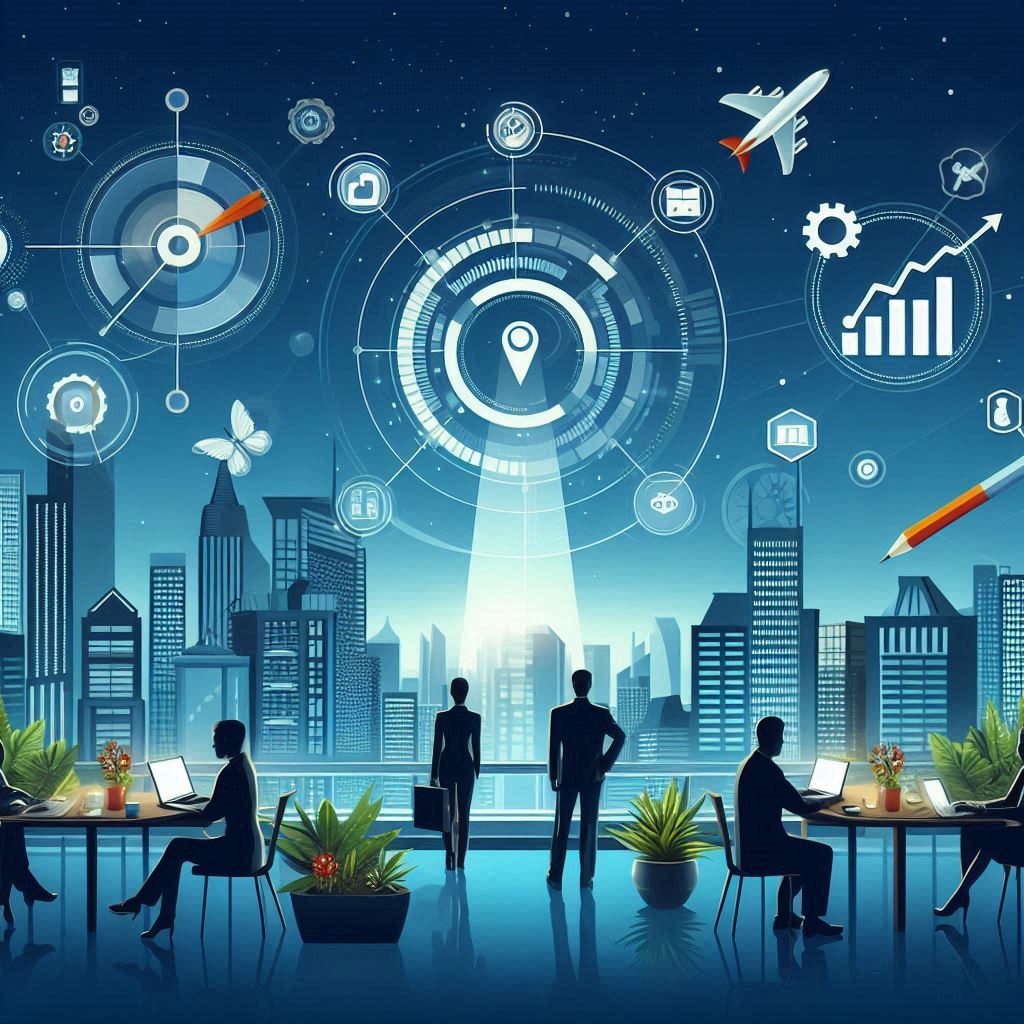Smart retail is transforming the traditional shopping experience. It combines advanced technology and retail operations to improve customer satisfaction, increase operational efficiency, and boost sales. With global retail tech spending exceeding $200 billion annually, many businesses are investing in tools that automate processes retail store equipment, reduce errors, and create personalized experiences.
What Is Smart Retail?
Smart retail refers to the use of digital technologies in physical and online stores. It enables retailers to collect and analyze data, automate tasks, and provide real-time insights. This approach helps retailers better understand customer behavior, manage inventory, and enhance decision-making. Key technologies include artificial intelligence, the Internet of Things (IoT), machine learning, and cloud computing.
Smart retail is not limited to large businesses. Small and medium-sized enterprises are also adopting this model to remain competitive in the fast-changing market.
Essential Tech Equipment Driving Smart Retail
Smart retail uses a wide range of equipment designed to optimize various aspects of retail operations. Below are the main technologies reshaping the industry.
AI-Powered POS Systems
Modern point-of-sale systems go beyond transaction processing. AI-driven POS solutions track customer behavior, analyze purchase trends, and offer data-driven suggestions. These systems help in forecasting demand and customizing promotions. Many retailers report a 15–20% boost in customer satisfaction after switching to smart POS.
Electronic Shelf Labels (ESLs)
Electronic shelf labels replace traditional paper tags. They are connected to a central system that updates prices in real-time. ESLs help eliminate manual pricing errors and allow dynamic pricing strategies. Retailers using ESLs reduce labor costs and respond quickly to market demand.
Smart Fitting Rooms
Smart fitting rooms use interactive mirrors with touch screens. Customers can request different sizes, view product details, and get personalized suggestions. The system connects to the store’s inventory in real time, improving the shopping experience and reducing lost sales.
Self-Checkout Kiosks
Self-checkout systems allow customers to scan, pay, and bag their items without staff assistance. These kiosks reduce wait times and free up staff to focus on other tasks. Many stores report a 40% reduction in checkout time with self-service options.
Inventory Management with RFID
Radio Frequency Identification (RFID) technology is widely used to track products through the supply chain. It enables real-time stock visibility and reduces the chances of out-of-stock or overstock situations. RFID helps improve inventory accuracy to over 98%, according to retail studies.
IoT Sensors and Smart Cameras
IoT devices and smart cameras are used to monitor store conditions and customer behavior. Sensors can detect foot traffic patterns, manage lighting and temperature, and track shelf activity. Video analytics tools help with theft prevention and customer flow analysis.
Impact of Smart Retail on Customer Experience
The adoption of smart retail technology significantly enhances the customer experience. Personalized promotions, faster checkouts, and real-time assistance help build customer loyalty. Data collected through smart systems enables targeted marketing and better product recommendations.
Moreover, customers enjoy seamless online and in-store experiences. With features like mobile payments and app-based shopping, smart retail offers convenience and flexibility. This customer-centric model leads to higher conversion rates and repeat visits.
Benefits for Retail Operations
Smart retail improves various aspects of store operations:
- Efficiency: Automation reduces manual labor and minimizes human error.
- Data Insights: Real-time data enables quick decision-making and agile responses.
- Cost Reduction: Technology such as ESLs and self-checkout helps reduce staffing needs.
- Inventory Accuracy: RFID and smart tracking tools ensure better stock control.
Retailers adopting smart solutions often see a 10–30% improvement in operational performance within the first year.
Challenges of Implementing Smart Retail
Despite its benefits, smart retail comes with challenges. Initial costs for equipment and integration are high. Staff training and system maintenance require ongoing investment. Data security is another concern, as stores handle large volumes of customer information.
However, many retailers view these challenges as manageable in exchange for the long-term gains in performance and customer satisfaction.
FAQ
What is the main goal of smart retail?
The main goal is to improve customer experience and optimize store operations using technology.
How does smart retail differ from traditional retail?
Smart retail uses digital tools to automate tasks, analyze data, and provide personalized services, while traditional retail relies on manual operations.
Is smart retail suitable for small businesses?
Yes. Many smart retail solutions are scalable and offer packages tailored to small and medium-sized businesses.
What is the role of AI in smart retail?
AI is used for demand forecasting, customer analytics, product recommendations, and chatbots.
How secure is smart retail technology?
Most smart retail platforms use advanced encryption and data protection protocols, but proper cybersecurity practices must still be followed.
Conclusion
Smart retail is not just a trend; it is a shift that is redefining how the retail industry operates. With technologies like AI-powered POS systems, RFID-based inventory tracking, and smart fitting rooms, stores are offering faster, more personalized services. These tools enhance both customer satisfaction and operational efficiency.


